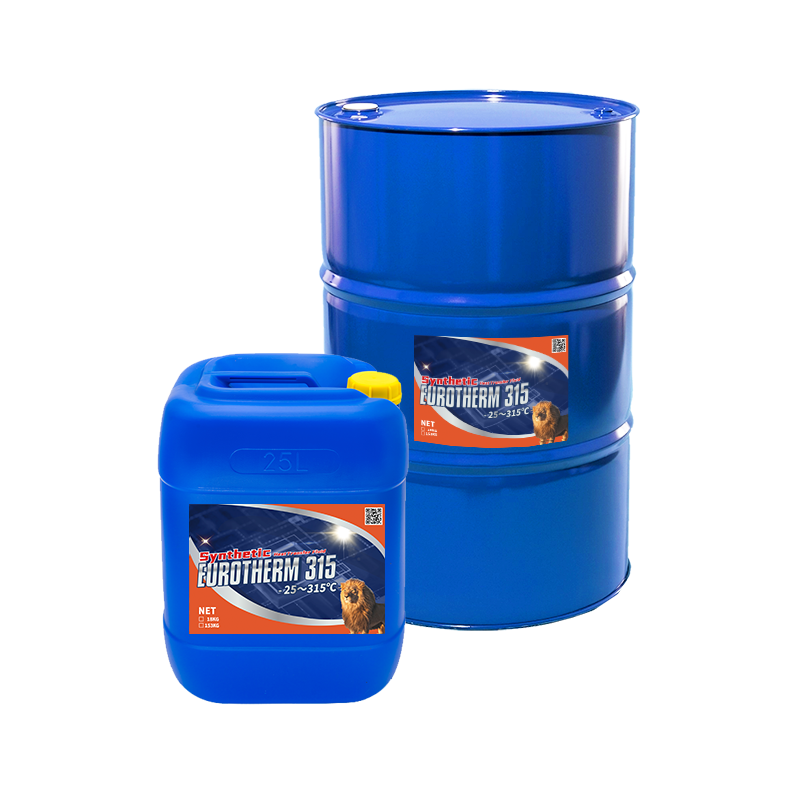Some Known Facts About Chemie.
Table of ContentsThe Greatest Guide To ChemieChemie Fundamentals ExplainedFascination About ChemieThe Buzz on ChemieThe Definitive Guide for ChemieThe Ultimate Guide To Chemie
By Bojanna Shantheyanda, Sreya Dutta, Kevin Coscia and David SchiemerDynalene, Inc. Liquid cooling, which can be achieved using indirect or direct means, is made use of in electronics applications having thermal power densities that might exceed safe dissipation through air cooling. Indirect fluid air conditioning is where heat dissipating digital elements are literally divided from the fluid coolant, whereas in situation of direct cooling, the elements remain in straight contact with the coolant.Nevertheless, in indirect cooling applications the electrical conductivity can be essential if there are leakages and/or spillage of the fluids onto the electronics. In the indirect cooling applications where water based liquids with corrosion inhibitors are typically made use of, the electrical conductivity of the fluid coolant generally relies on the ion focus in the fluid stream.
The boost in the ion concentration in a closed loop fluid stream might take place as a result of ion leaching from steels and nonmetal parts that the coolant liquid is in contact with. Throughout operation, the electric conductivity of the fluid may boost to a degree which could be harmful for the cooling system.
A Biased View of Chemie
The samples were permitted to equilibrate at room temperature for two days before recording the preliminary electric conductivity. In all tests reported in this research fluid electrical conductivity was measured to a precision of 1% using an Oakton CON 510/CON 6 series meter which was adjusted before each dimension.
The Basic Principles Of Chemie
from the wall surface heating coils to the center of the heating system. The PTFE sample containers were positioned in the heating system when steady state temperatures were reached. The examination arrangement was removed from the furnace every 168 hours (seven days), cooled down to area temperature with the electric conductivity of the liquid determined.
The electric conductivity of the liquid sample was kept an eye on for a total of 5000 hours (208 days). Schematic of the indirect closed loophole cooling down experiment set up. Elements used in the indirect closed loophole cooling experiment that are in contact with the liquid coolant.

Chemie - An Overview
During procedure the fluid storage tank temperature was maintained at 34C. The change in liquid electrical conductivity was kept track of for 136 hours. The liquid from the system was accumulated and kept. Closed loophole test with ion exchange material was brought out with the very same cleansing procedures used. The first electric conductivity of the 230ml UP-H2O in the system measured 1.84 S/cm.

0.1 g of Dowex resin was included to 100g of liquid examples that was absorbed a separate container. The mixture was stirred and transform in the electrical conductivity at area temperature level was gauged every hour. The measured change in the electrical conductivity of the UP-H2O and EG-LC examination liquids including polymer or steel when involved for 5,000 hours at 80C is revealed Figure 3.
Not known Facts About Chemie
Figure 3. Ion leaching experiment: Measured change in electric conductivity of water and EG-LC coolants having either polymer or steel examples when submersed for 5,000 hours at 80C. The outcomes indicate that metals added less ions right into the fluids than plastics in both UP-H2O and get redirected here EG-LC based coolants. This might be because of a slim metal oxide layer which might serve as an obstacle to ion leaching and cationic diffusion.
Liquids containing polypropylene and HDPE showed the most affordable electrical conductivity modifications. This could be as a result of the brief, rigid, linear chains which are less most likely to add ions than longer branched chains with weak intermolecular forces. Silicone also did well in both examination liquids, as polysiloxanes are typically chemically inert as a result of the high bond energy of the silicon-oxygen bond which would protect against destruction of the product into the liquid.
The Chemie Statements
It would be anticipated that PVC would generate similar outcomes to those of PTFE and HDPE based on the similar chemical frameworks of the products, nonetheless there may be other pollutants present in the PVC, such as plasticizers, that might affect the electrical conductivity of the fluid - immersion cooling liquid. Furthermore, chloride groups in PVC can also seep right into the test liquid and can trigger a rise in electrical conductivity
Buna-N rubber and polyurethane revealed indicators of degradation and thermal decay which suggests that their feasible energy as a gasket or glue material at greater temperatures might bring about application concerns. Polyurethane completely broke down right into the test liquid by the end of 5000 hour examination. Figure 4. Prior to and after photos of steel and polymer examples immersed for 5,000 hours at 80C in the ion seeping experiment.
Measured change in the electrical conductivity of UP-H2O coolant as a function of time with and without resin cartridge in the shut indirect cooling loophole experiment. The determined modification in electrical conductivity of the UP-H2O for 136 hours with and without ion exchange resin in the loophole is shown in Figure 5.
Comments on “Some Known Incorrect Statements About Chemie”